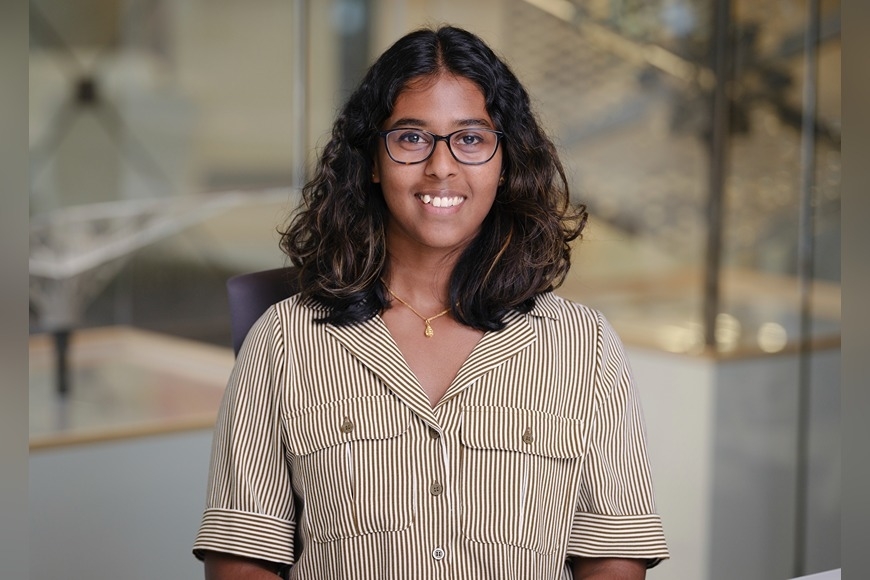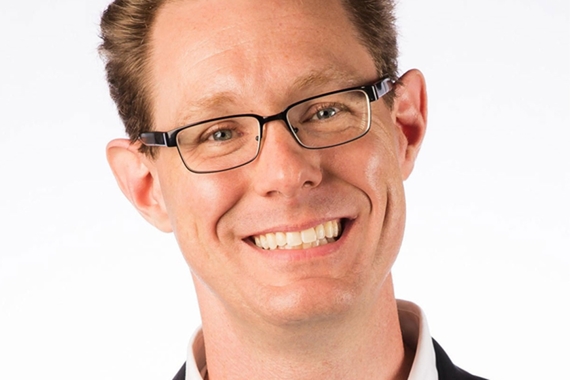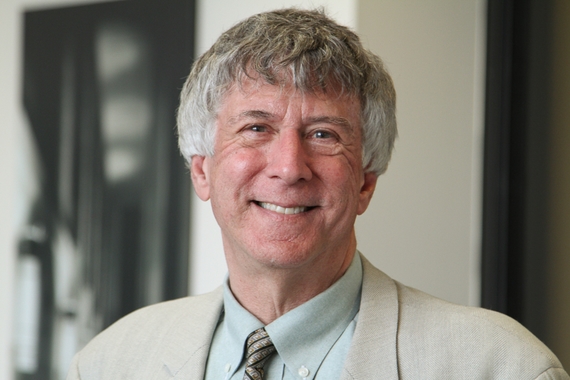Mathi Manavalan: Gearing Up for the Future with an Internship
Fifth-year graduate student, Mathi Manavalan, is pursuing her PhD in psychology, specializing in cognitive and brain sciences, with a minor in translational sensory sciences. As she is getting prepared to get her doctorate, she shares with us her 12-week summer internship experience at HKS, an international architecture firm headquartered in Dallas, Texas.
What were your top three job responsibilities? Describe the project or projects you worked on.
I was a part of the core research team within HKS as a brain and building design research intern. My top job responsibilities included:
-
Academic literature review on the topic of brain health and building design: The research team was interested in bridging the gap between cognitive psychology and the built environment (referring to man-made structures and buildings as opposed to the natural environment).
One way I was involved in this effort was by conducting academic literature reviews on brain health topics within the field of cognitive psychology that could relate to people's experiences of the built environment. I created weekly presentations on topics including stress, cognitive load, and cognitive dissonance for the core research team. These presentations included key insights into research findings on the neuroscience of these topics and their impact and relevance to building design.
-
Creation of a brain health experience workshop: Another way I contributed to the core research team's mission was by helping create an exhibit-like experience with interactive activities that helped HKS employees learn about a report published earlier by the team regarding 'brain-healthy' workspaces. These activities invited participants to think about how they spend their time in the office and reflect on how their physical spaces may influence their work.
-
Assist fellow team members on ongoing projects as needed: I also contributed to other ongoing projects in the team. For example, I had the chance to get involved with data collection at a local elementary school to assess how students, teachers, and staff members currently use their classroom, community (gyms, libraries, etc.), and general (staff offices, hallways, etc.) spaces.
How did you find your internship? What tips do you have for others seeking similar opportunities?
I primarily used LinkedIn to find internship opportunities. I found it helpful to reach out directly to people via LinkedIn. Through messaging, I inquired about the posted positions and also expressed my interest and fit in them.
What are your top takeaways from your internship experience? How has it helped inform your future plans?
This internship allowed me to experience what cognitive science research could look like within an industry setting. It was valuable to learn how the core research team at HKS operated and communicated. I gained a deeper understanding of the world of architecture and how my skills as a psychology graduate student can be applied in the real world. The internship also helped me learn what I am looking for in an industry position as I begin my search for full-time roles.
This story was edited by an undergraduate student in CLA.



